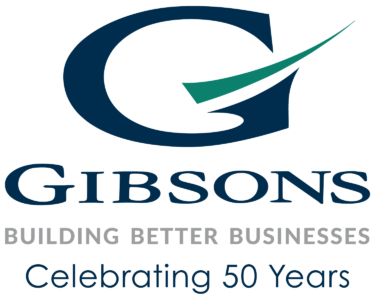Unlocking the power of company culture and structure
In the realm of professional services, particularly within the not-for-profit sector, cultivating high performance requires a well-defined organisational structure and a supportive company culture. Gibsons was brought in to support an organisation reporting $35 million in sales but facing significant human resource challenges that hindered business performance and succession plans. Initially, we were asked to mentor key staff members; however, our assessment revealed additional complexities requiring immediate attention. With succession issues prevalent, there was an urgent need to develop middle management staff into potential General Manager candidates. The unique nature of the company’s services complicated recruitment for external candidates, while an inefficient organisational structure failed to promote individual and team development.
To address these challenges, an organisational review was necessary to identify an optimal structure capable of effectively managing and expanding operations while facilitating succession planning. We implemented objective 360-degree review processes designed to identify high performers and rising stars within the organisation. This approach helped pinpoint areas where individual development was needed, ensuring alignment with a cohesive business structure that prioritised personal growth. Comprehensive personal development programs were tailored for key individuals, alongside coaching and mentoring programs aimed at enhancing team capabilities in line with the planned structural changes. We also crafted a thorough recruitment strategy to fill existing personnel gaps.
The insights provided by Gibsons proved invaluable, offering clarity on how to establish an effective organisational framework and strategically work towards it. Over four years of dedicated enhancements and successful structural implementation, primarily filled by internal talent, successful succession of senior staff members was enabled. Notable benefits included significant improvements in team performance through more effectively delivered programs and outstanding individual development at all levels. The cultivation of a robust team culture focused on high performance and accountability led to reduced staff turnover, reflecting increased employee satisfaction and engagement, within this revitalised organisational environment.
With over 50 years of experience, Gibsons supports businesses in enhancing their organisational structures and fine-tuning the human resource processes and strategies that underpin them. Reach out to us today for an informal chat about your business challenges. We are here to help. Sometimes it takes an outside perspective to clearly see what’s happening and how best to implement the necessary improvements to move your business forward successfully.
We provide the following business support:
- Human resource management: People are the key to your success. When everyone is positioned correctly, at the right moment, and aligned with your organisation’s values and goals, your team can drive your business forward with momentum. If you haven’t achieved that yet, we can assist you with coaching and mentoring, as well as improving your organisational structure, culture, policies, and human resource systems and frameworks.
- Marketing and sales: Marketing has evolved significantly from the days when we simply built a product and then tried to sell it. Today, it involves a comprehensive strategy that relies heavily on data and a market-focused approach in all operations. At its core, it’s crucial to gain a clear understanding of three key aspects: what you do best, who your target audience is, and why it matters to them.
- Process management: When a knowledgeable third party reviews your internal activities, vast opportunities for efficiency can be uncovered. We specialise in optimising processes for efficiency and understand the technology that supports them.
- Financial management and profit maximisation: Profit is arguably the most important metric for many businesses. There are several key indicators that every business should monitor. Focusing on the most relevant measures for your success is one of our core competencies.
- Strategy development: Are you feeling uncertain about which opportunities to explore at this moment? Do you find yourself worried about the challenges that may lie ahead? Or do you have doubts about whether your business is operating at its full potential? If any of these resonate with you, it might be the perfect time to engage an experienced third party to guide you through a pivotal conversation about your business. A strategic review with Gibsons Consulting can provide valuable insights, steering you toward clarity and purpose while empowering your team to focus on what truly matters for lasting success.
